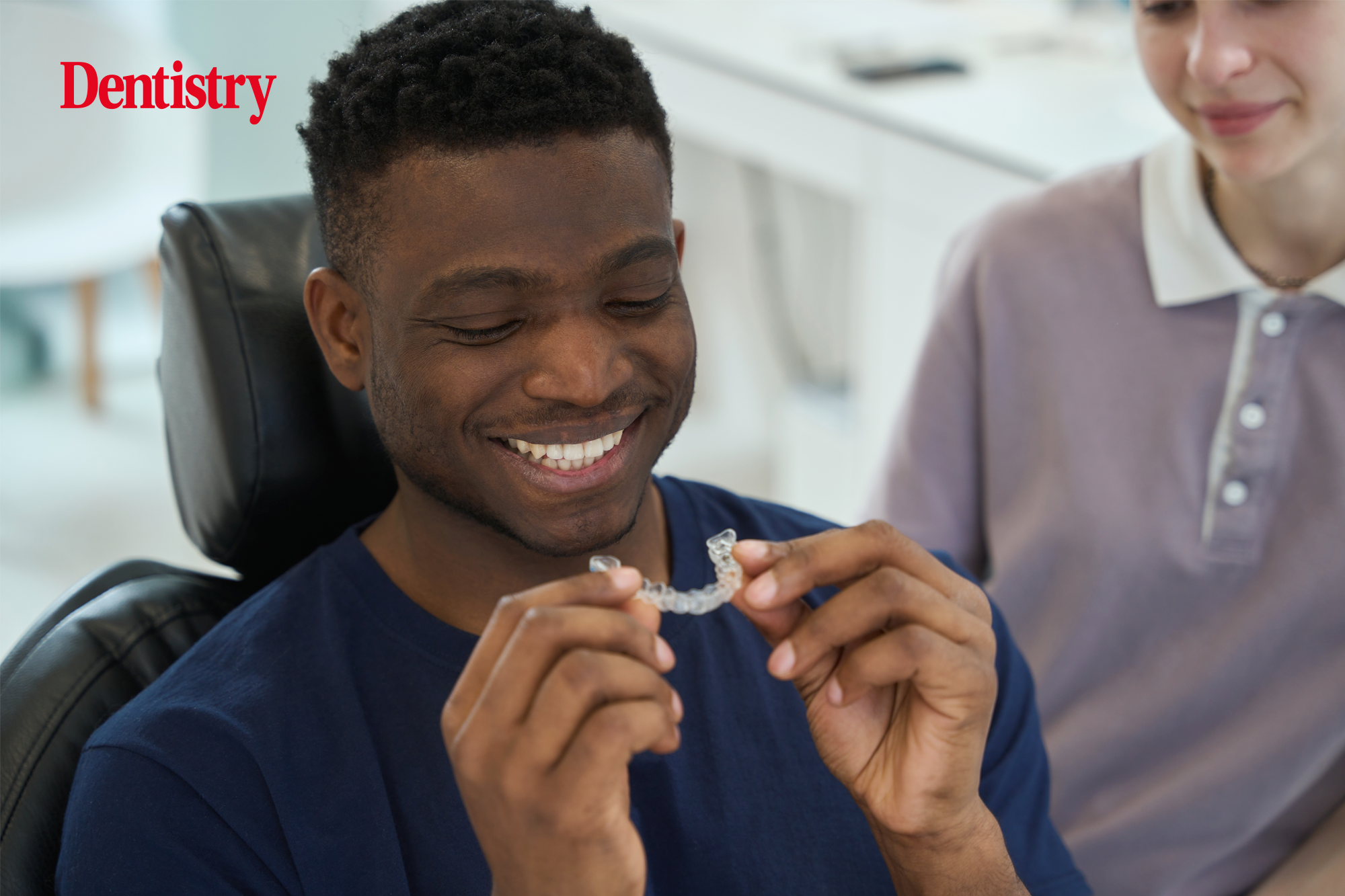
What’s holding you back from getting started with Invisalign? Gina Vega discusses some common concerns about Invisalign and why they might not be such a problem.
I want to share with you some of the common myths that we encounter from our patients and colleagues about Invisalign, and how we can debunk them with facts and evidence.
Myth #1: Invisalign only fixes mild orthodontic issues
False – Invisalign can treat a wide range of malocclusions, from simple cases to complex ones like anterior open bites, deep bites or crossbites. Invisalign can not only move teeth horizontally but vertically too, with the help of optimised and conventional attachments challenging movements such as vertical extrusion or rotations can be achieved.
It is paramount to have knowledge of biomechanics and how to best utilize optimised and conventional attachments to achieve the best results.
Myth #2: Invisalign takes longer to work
Sometimes true. The average treatment time for Invisalign is 12 to 18 months. But in many cases, we achieve amazing results in as little as six to eight months.
In complex cases, it is true that the treatment with clear aligners may take longer than braces. We need to educate our patients and manage their expectations from day one. Patients need to understand that their compliance is key for the success of their treatment. The main objective is not only achieving an aesthetic result, but also a functional and stable bite too. This can take time.
It will be up to the patient to decide whether it is worth to them finishing the treatment some months earlier with braces or potentially taking longer with comfortable and discreet aligners.
Myth #3: Invisalign is more expensive than traditional braces
False. The cost of Invisalign depends on the complexity of the case and the duration of the treatment, just like with braces.
In many cases Invisalign is cheaper than braces, especially if the malocclusion can be treated with Invisalign Lite or Moderate.
It will also depend on whether the treatment is done by a GDP or a specialist orthodontist and the experience of the provider.
It is worth checking how your fees compares to your competitors and working on elevating the patient’s experience. This ensures choosing you is not only a matter of price but choosing the practice that will deliver the best patient experience as well as the best results.
Myth #4: Invisalign aligners give you a lisp
True, but it’s usually temporary and minor. Any orthodontic appliance can affect your speech, as your tongue and mouth need to adjust to the new device. However, most patients adapt quickly and speak normally within a few days. The key is to keep wearing the aligners and practice speaking with them.
In my Diamond Masterclass I will share with you proven strategies to deliver the best Invisalign consultation to improve your case conversion. A clear understanding of Biomechanics for treatment planning as well as how to use optimised and conventional attachments. You will have a thorough understanding on Clincheck-Pro 3D controls and protocols to achieve the best cosmetic finishes and retention.
For more information about the Diamond Masterclass, visit www.alignertraining.com.


